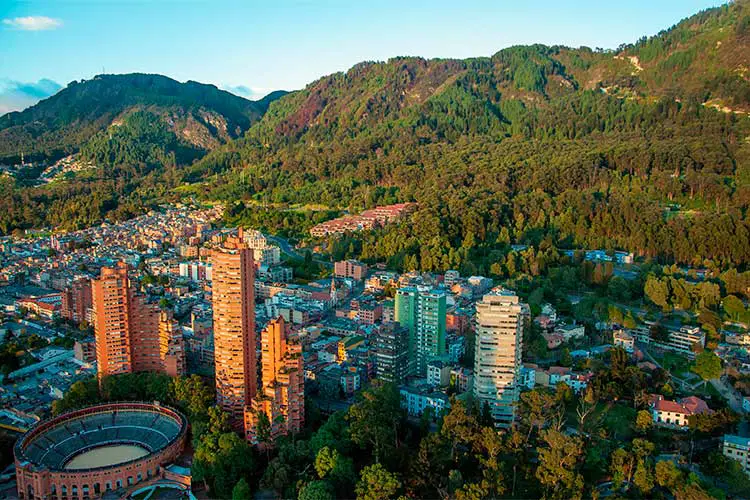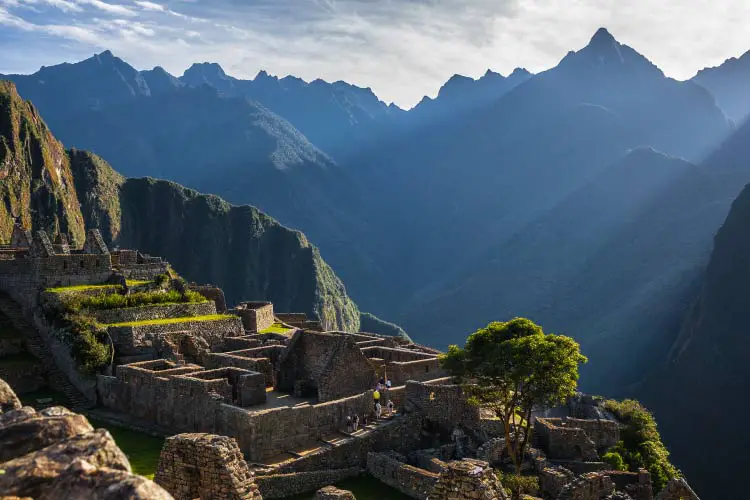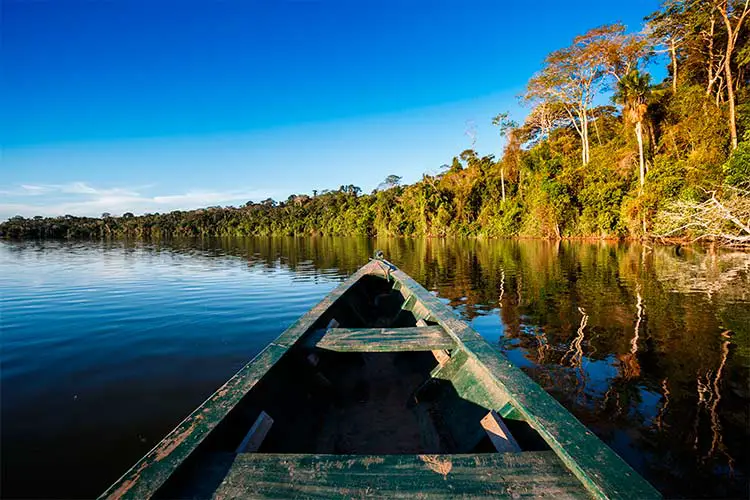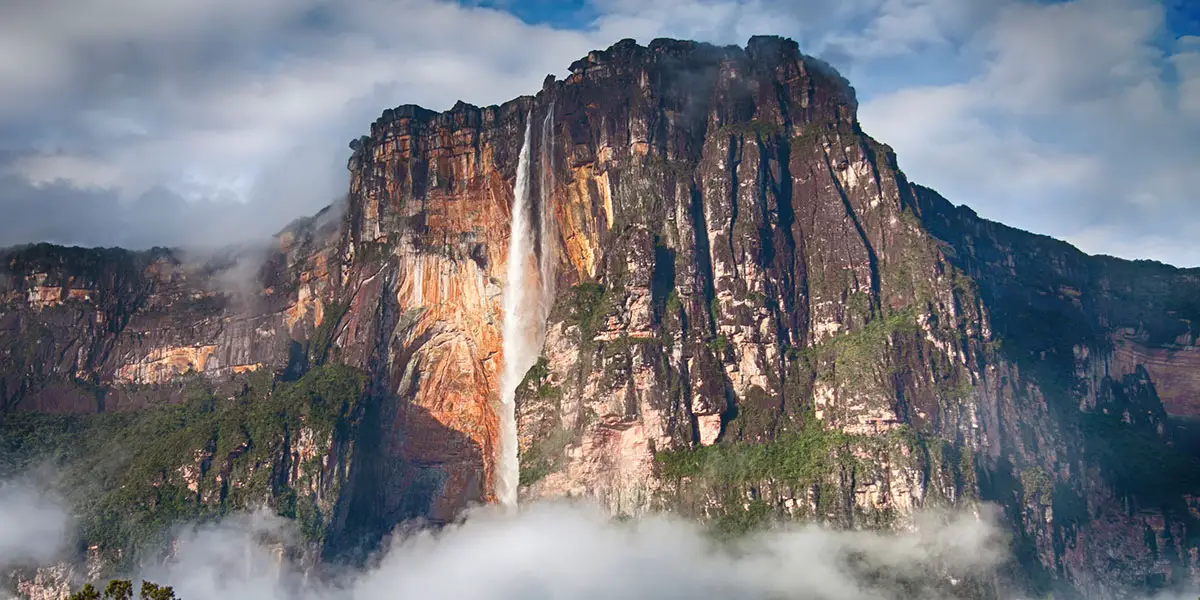South America
In the late 20th century, the low costs, dazzling landscapes, and fascinating cultures of South America helped the continent to develop many of the world’s premier travel destinations. While most travellers instinctually picture the thick Amazon rainforest when imagining South America, the continent has a lot more up its sleeve. For instance, the world’s longest mountain range, the Andes Mountains, runs along the western edge of the continent.

The southern sections of the range pass through Patagonia, an utterly stunning region of Argentina and Chile that enjoys a reputation as one of the best ecotourism destinations in the world. The northern section of the mountain range extends into Peru, where numerous fascinating historical sites such as Machu Picchu exist. Because this mountaintop site was unknown to outsiders until the early 20th century, the ruins are remarkably intact and offer a unique glimpse into ancient Incan life.

The world’s largest river (by the amount of water passed per second), the Amazon River, flows through Peru and Brazil across the centre of South America. The river slinks through a handful of cities like Iquitos and Manaus, though most its route passes through untouched jungle containing some of the world’s most unique wildlife. Not surprisingly, taking a riverboat down the Amazon River has become one of the most popular tourist activities in all of South America.

Far off the western coast of South America sits the Galapagos Islands. Because of their small size and remote location, these islands hold a reputation as one of the last places left to not feel the effects of mankind. The Galapagos Islands famously entered the annals of history as being the site that influenced Charles Darwin to propose the theory of evolution, and even today the flora and fauna found in the Galapagos differ significantly from anywhere else on earth.
